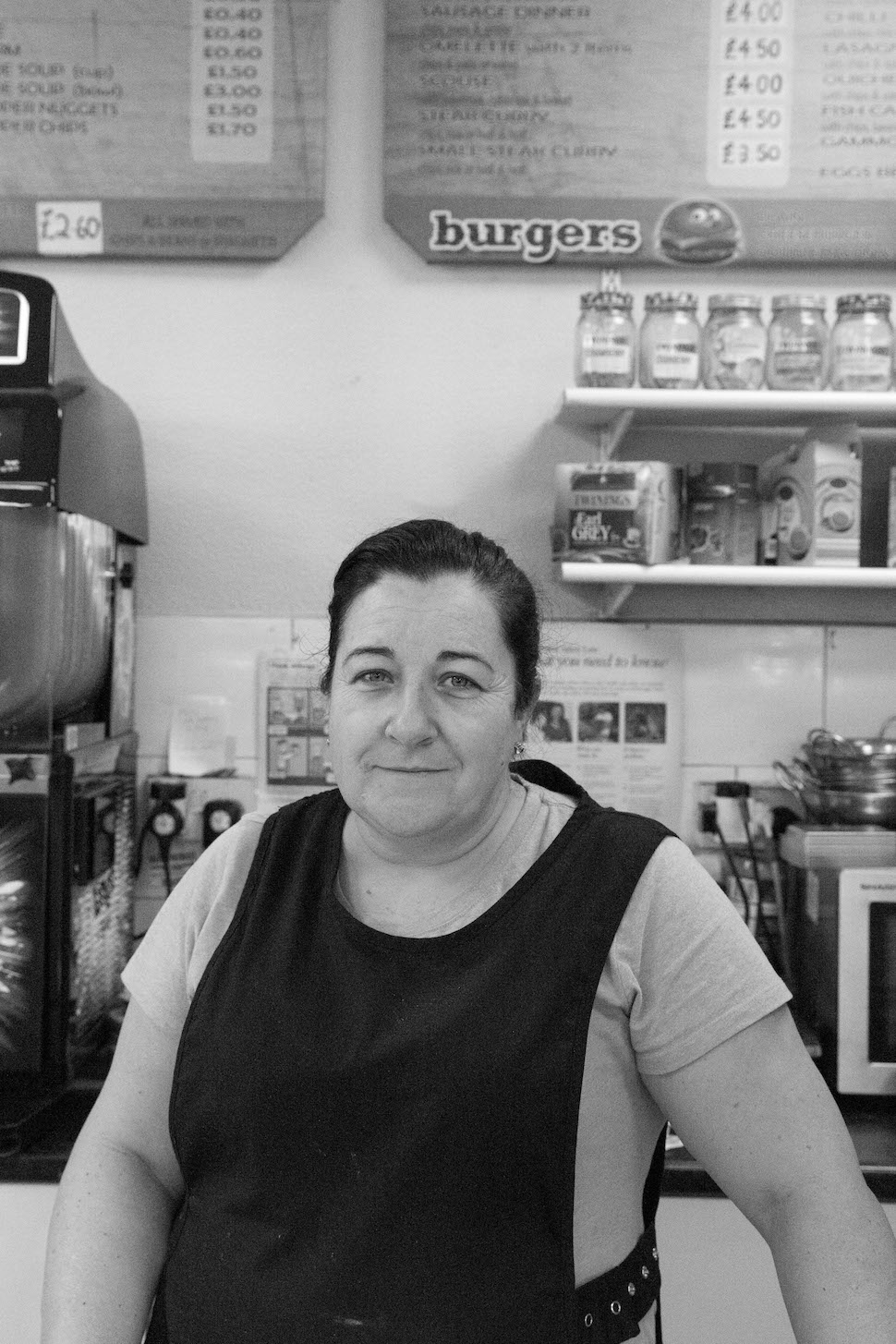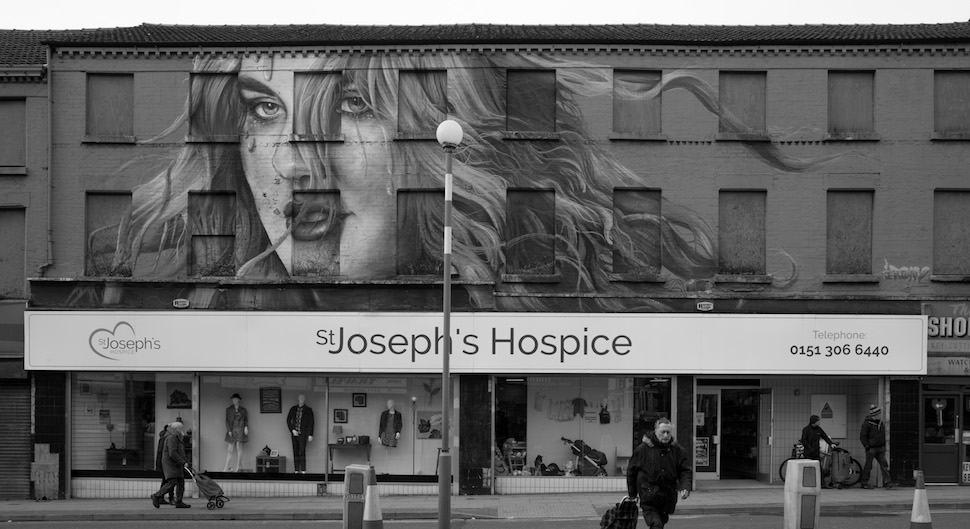What’s next for County Road?
IN JULY 2019 Liverpool City Region Metro Mayor, Steve Rotheram, announced a new £6 million fund to revitalise town centres across the city region. One of the areas that would benefit from this money is County Road in Walton. A £1 million investment has been approved to regenerate the area and develop an action plan to support a programme of interventions to animate the street, diversify uses of buildings, create a masterplan and deliver the fund.
“Our high streets were once the beating heart of our communities. But with the rise of new technologies and changing customer habits – they face a stark choice: modernisation or further decline,” Rotheram said at the launch of the fund.
One of the significant challenges facing the area comes from arguably the biggest stakeholder there, Everton FC who, at the start of the 2023-2024 Premier League season, will vacate their Goodison Park home for a new stadium on the waterfront. A football team leaving a stadium doesn’t only leave an empty stadium and land to occupy, it also means that many of the businesses occupying the surrounding area are suddenly left without the weekly trade of tens of thousands of visiting fans.
But this deadline and the opportunity for fresh investment present an opportunity for the community to reimagine County Road. What could the area become now that will ensure its relevance and resilience by the time a ball is kicked in the 2023-2024 football season?
“County Road, alongside its sister road Walton Road, has undergone huge change over the last ten to 15 years,” Terry May, a local businessman with family ties to the area, tells me.
“When I was growing up and right into my twenties, County and Walton Road had it all – Burton’s for your clothes, Freeman Hardy and Willis for your shoes, Banner’s for your electrical goods; Frost’s department store for everything else. There was a selection of local butchers, greengrocers, thriving pubs. It was known as Whitbread Golden Mile as it was the Whitbread brewery’s big money earner, with numerous pubs along the road.”
In 2010 May opened Segura wine bar and bistro in a building formerly occupied by Midland Bank, on the corner of Arundel Street and County Road. “At one stage it was number one on Trip Advisor for tapas in Liverpool and won a Trip Advisor award,” he tells me. In 2014 he bought a Grade II listed building formerly occupied as the Glebe Pub which had been empty for several years. In 2015 May’s new business opened as a bar called Bernie May’s, named after his father, and in 2018 May opened a hotel on the upper floors of the building. May also runs a building company on City Road in Walton and is a governor of local high school, Alsop.
Like many high streets across the country, County Road has struggled in recent years with shop closures and a failure to attract new businesses to the area. If the area ‘had it all’ during May’s twenties, he feels is lacks that same diversity today.
“County Road, alongside its sister road Walton Road, has undergone huge change over the last ten to 15 years.”
“We certainly need more diversity, a bakery, a greengrocer – the traditional high street shops. Maybe people can collaborate again to keep the costs down, but there is still a lot of uncertainly in the area with Everton moving,” May tells me.
“There are now too many fast food outlets, hairdressers, barbers to name a few. But then, who are we to say to people there are too many of one and not enough of the other? These businesses are people’s dreams and goals so good luck to them. Economics will determine where the saturation point is.”
This sentiment is shared by local resident Maureen Delahunty, who told me, “There are too many takeaways and off licenses and not enough family-friendly restaurants or coffee shops open after 4pm for parents with children attending dance classes and after school clubs on the road.”
On the corner of Dunluce Street and County Road sits Spellow Library, which Delahunty feels could play a key role in the regeneration of the area.
“The library has the potential to be a fantastic community hub addressing issues in our ward, from education to deprivation by developing the building and having a programme for all ages,” she tells me.
May agrees: “There is a huge opportunity for the library on County Road, a community hub is written all over it. A place to advise on numerous subjects, a place to mentor, a place to meet,” he says.
Currently, Spellow Library is open four days each week – Monday and Tuesday from 10am till 4pm, Thursday from 10am till 5pm and Saturday 10am until 4pm.
Delahunty also hopes that the community plays a role in how the £1 million investment is spent.
“I hope that the area gets the investment it desperately needs and the community is listened to, not people who don’t live in the area deciding what the residents need,” she tells me.
“Community engagement and empowering the residents to take ownership and pride in the place is the key to any regeneration.”
ANDREW BEATTIE

Imagine…
Analysis by the Guardian tells us that the average high street in England and Wales has lost 40 shops in the last five years. Power to Change, which supports community businesses across the country, says that shops owned by overseas investors are more than twice as likely to be vacant as shops owned by the public sector; just 8% of units owned by the social sector are vacant. So what can we do differently? How can we put communities at the heart of our high streets?
The Design Council runs an Inclusive Environments programme, which is designed to raise awareness about the importance of designing places, so that everyone can use them. “Inclusive environments are places that work better for everybody – whether that place is a school, office, park, street, care home, bus route or train station,” it says. Putting the local community at the heart of the process is crucial – people who represent a diversity of age, ability and gender.
In the next 25 years, there will be seven million MORE people over 60; falls for older people already cost £1bn a year. There are 11 million people with long term illness, impairment or disability in the UK – and they have a combined spending power of £212 billion. This has a huge impact on our communities – it’s estimated that £5.3bn is lost in earnings from people dropping out of the workforce to take on caring responsibilities for older or disabled friends and family; Disability Rights UK says that 83% of disabled people have ‘walked away’ from making a purchase because they’re unable or unwilling to do so. That’s mostly because the shops were inaccessible for them. Imagine if we could make our communities better places for everyone.
So we’ve looked at some more examples where places are doing interesting things to keep their community spirit alive and kicking. These are three of the best…
Granby Street Market
The residents of Granby had been struggling to keep their community together for decades. Targeted for demolition in the 1960s, to make way for the Liverpool’s inner ring road, it became the focal point of Liverpool’s troubles in the summer of 1981, known elsewhere in the country as the Toxteth Riots. The ‘80s and ‘90s were spent clearing people from the area’s streets, ready for eventual demolition. By 1994, only four original streets remained, but the community fought back. It blocked council plans to demolish them and, later, organised a monthly street market, bringing people who used to live in the area back, and attracting newcomers in. Guerilla gardening brought the streets to life and strings of lights welcomed visitors, while the empty houses were painted. When the government’s Housing Market Renewal Pathfinder programme was finally abolished in 2011, with the houses still – mostly – in tact, the community began to take them on themselves, and so far has refurbished 11. The art-led architects Assemble, who worked with them, scooped the Turner Prize in 2015 for their work in Granby; in 2019 its Winter Garden opened and plans for affordable flats, with a community café, are next in the pipeline…
Read more: ethos-magazine.com/2017/06/taking-back-the-streets

The Frome Independent
Facing closing shops and boarded-up buildings, residents of the Somerset town of Frome took matters into their own hands. Once a month, the group reclaims the high street, which has had a direct impact on small, independent retailers moving back to the area. Starting in 2009, St Catherine’s Artisan Market soon expanded to include a flea, antiques and vintage market and markets covering the town’s streets, with the support of the local council. In 2014 it became the Frome Independent, a not-for-profit social enterprise.
Reviving the town’s historic market town traditions, street food and farm stalls sit alongside performers and DJs, local makers, craftspeople and artists, plants, furniture, vintage and antique. Traders who’re under 26 qualify for discounted mini pitches to help them build their businesses; many of the traders take part in Night School sessions, teaching their maker skills to the local community. Along the way it’s won awards – but the biggest impact is on the local community. 80,000 people visit every year now, and it supports a different local charity every month. It also partners with payment app Pixie, giving shoppers loyalty points when they spend their money locally, helping to keep money within the community.
Read more: thefromeindependent.org.uk
Stonehouse, Plymouth
This Plymouth-based community group believes in the power of small ‘nudges’ to transform its local area. Union Corner, on the city’s Union Street, was its first intervention – renovating an empty shop and using the community’s ideas to improve the space, turning it into what they call a ‘community house-share’ — where local people can make connections, friends, garden or try out business ideas and try out something new. It launched with a street party, and in six months had more than 2,000 visitors, hosting nearly 60 different activities. The local community looked at a street of emptying buildings, and said they felt unsafe, experiencing antisocial behaviour. Now those people have formed new connections, planned new activities outside Union Corner, attracted new businesses and it’s building trust and confidence for local people again.
Growing in confidence, they’ve since run a series of ‘nudges’ in the belief small changes genuinely nudge the area and make an impact. They include a market and café in a former pub, a new street market and an advent box, with its contents made by the local community.
Read more: nudge.community — you can take the Design Council’s Inclusive Environments course for free, online, at inclusive.designcouncil.org.uk
FIONA SHAW

Sign up to Scottie Press for all the latest local news and events.
Sign
Up
Sign up to Scottie Press for all the latest local news and events.

